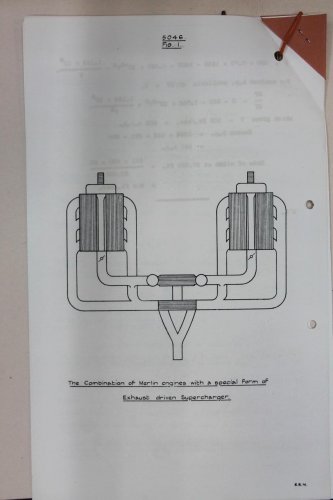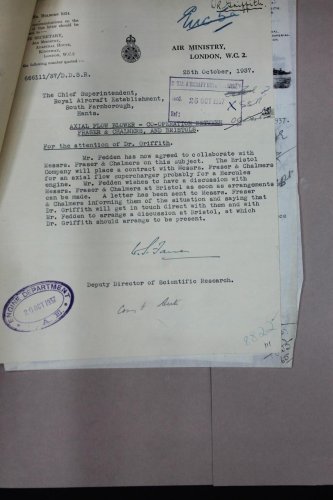AeroFranz said:I apologize for a quick digression from the fascinating discussion -
Tartle, the pics you posted are from Spitfire: the history (I presume). It looks like a worthwhile book to get.
I searched the book and Amazon gives a frightening price of $336 for a 2001 edition. There is also a more reasonably priced 1984 edition. Does anyone know if the 2001 edition differs significantly? Thanks!
T, have you perused both editions ( 1984 & 2001) - or know of significant differences -as mentioned by A-F?
I would also be interested, but not at $336!, .. s'pose I could try a library inter-loan request though..



